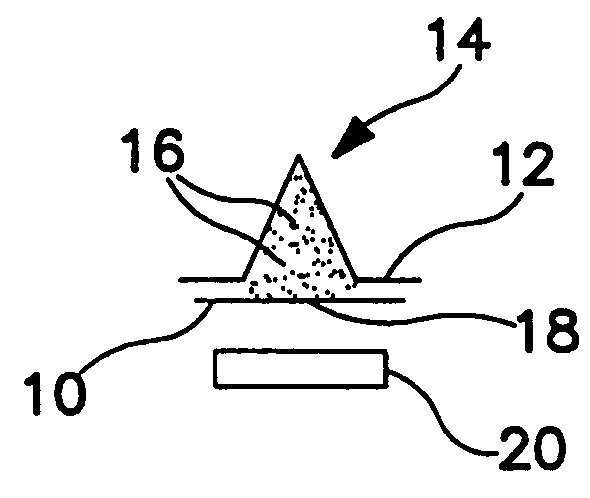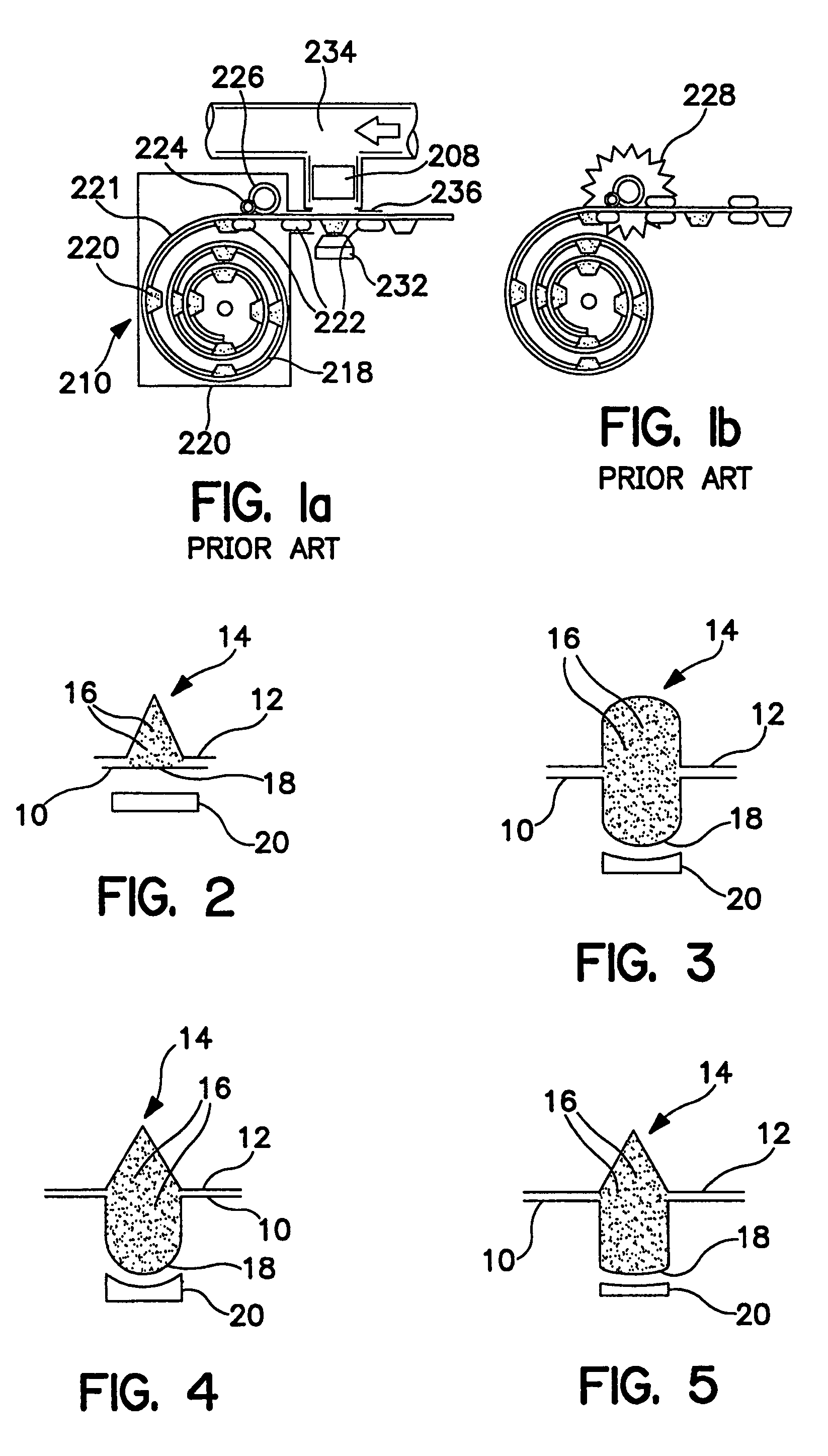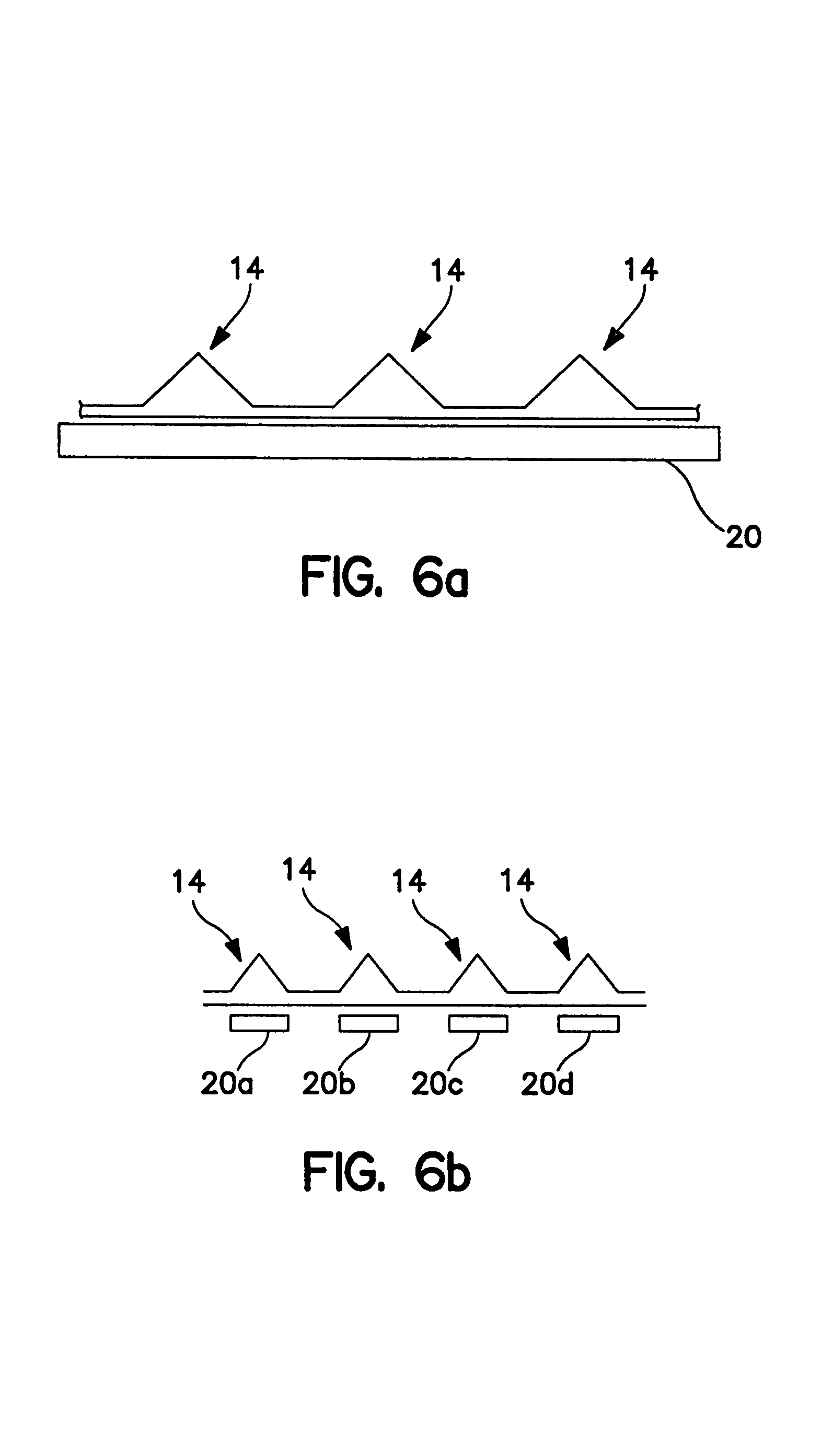(1) Small size particles develop an electrostatic charge on themselves during manufacturing and storage. This causes the particles to agglomerate or aggregate, resulting in clusters of particles which have an effective size greater than 5 microns. The probability of these large clusters making it to the deep lungs then decreases. This in turn results in a lower percentage of the packaged drug being available to the patient for absorption.
(2) The amount of active drug that needs to be delivered to the patient may be of the order of 10 s of micrograms. For example, albuterol, in the case of a drug used in asthma, this is usually 25 to 50 micrograms. Current manufacturing equipment can effectively deliver aliquots of drugs in milligram dose range with acceptable accuracy. So the standard practice is to mix the active drug with a filler or bulking agent such as lactose. This additive also makes the drug “easy to flow”. This filler is also called a carrier since the drug particles also stick to these particles through electrostatic or chemical bonds. These carrier particles are very much larger than the drug particles in size. The ability of the dry powder inhaler to separate drug from the carrier is an important performance parameter in the effectiveness of the design.
(3) Active drug particles with sizes greater than 5 microns will be deposited either in the mouth or throat. This introduces another level of uncertainty since the bioavailability and absorption of the drug in these locations is different from the lungs. Dry powder inhalers need to minimize the drug deposited in these locations to reduce the uncertainty associated with the bioavailability of the drug.
For instance, these prior art devices require that the user exert considerable effort in inhalation to effect dispensing or withdrawal of powder from a pierced capsule into the inhaled air stream.
With these prior art devices, suction of powder through the pierced holes in the capsule caused by inhalation generally does not withdraw all or even most of the powder out of the capsule, thus causing a waste of the medication.
Also, such prior art devices may result in uncontrolled amounts or clumps of powdered material being inhaled into the user's mouth, rather than a constant inhalation of controlled amounts of finely dispersed powder.
A disadvantage of the inhaler implementation as disclosed by Wilke is the relatively large mechanical movement required of the rod to effectively vibrate the capsule.
This operating frequency tends to be noisy and therefore is not desirable when incorporated into a dry powder inhaler from a patient's perspective.
A further disadvantage of the electrochemical actuators of Wilke is the requirement for a high energy source (Wilke et al, Col. 3, line 38), thus requiring a large battery source or frequent changes of the battery pack for portable units.
Both these features are not desirable from a patient safety and “ease of use” standpoint.
However, Wilke et al does not address the need to deaggregate the powder into particle sizes or groups less than 5 microns in size as is required for effective delivery of the medication to the lungs; rather Wilke et al, like the prior art inhalers continues to rely on the air stream velocity to deaggregate the powder ejected into the air stream, into particle sizes suitable for delivery to the lungs.
The energy required to atomize the liquid medication in the nebulizer is prohibitively high, making this approach for the delivery of drugs to the lungs only feasible as a desk top unit.
The high voltage requirements to drive the piezo, to produce the necessary mechanical displacements, also severely affects the weight and size of the device.
The prior art devices therefore have a number of disadvantages which makes them less than desirable for the delivery of dry powder to the lungs.
Some of these disadvantages are:The performance of the prior art inhalers depends on the flow rate generated by the user.
Lower flow rate does not result in the powder being totally deaggregated and hence adversely affects the dose delivered to the patient.Inconsistency in the bioavailability of the drugs from dose-to-dose because of lack of consistency in the deaggregation process.Large energy requirements for driving the electromechanical based inhalers which increases the size of the devices making them unsuitable for portable use.Loss of medication from opened or topped capsules.Deterioration of medication in open or topped capsules due to exposure to oxygen or moisture.
 Login to View More
Login to View More 


